
12 Best Moroccan Foods You Must Try: Complete Guide to Morocco Cuisine
Morocco is a land that tantalizes all the senses, and nowhere is this more evident than in its incredible culinary scene. Exploring the food in Morocco is much more than just eating; it’s an immersive journey into the country’s soul, history, and vibrant culture. From the bustling souks of Marrakech to the ancient medinas of Fes, every alleyway offers a new aroma and a delicious discovery. The rich tapestry of Moroccan flavors reflects centuries of Berber, Arabic, and Mediterranean heritage, creating a unique gastronomic experience.
The Essence of Moroccan Cuisine
What makes Moroccan cuisine truly stand out? It’s defined by bold flavors, aromatic spices, and incredibly fresh ingredients. The country’s location at the crossroads of Europe, Africa, and the Middle East has profoundly shaped its culinary identity. Spice caravans introduced vibrant elements like saffron, cinnamon, and paprika, while local Berber farmers contributed hearty grains and vegetables.
Spices are undeniably the soul of food in Morocco. Markets overflow with colorful mounds of cumin, paprika, saffron, and ras el hanout (a complex blend of spices). These aren’t just for flavor; they tell a story of Morocco’s historical role as a hub for trade and cultural exchange. Beyond spices, fresh herbs like cilantro, parsley, and mint provide a burst of freshness, balancing the earthy warmth of the spices. Traditional cooking techniques, such as slow-simmering in tagines or hand-rolling couscous, are a testament to a culinary heritage perfected over centuries. Communal dining is also central; dishes are often served on large, shared plates, fostering connection and hospitality.
Iconic Moroccan Dishes: A Culinary Journey
Here are 12 essential experiences when savoring the classic food in Morocco:
- Tagine Arguably the most famous and typical Moroccan food, the Tagine is named after the conical clay pot in which it’s slow-cooked. You’ll find endless variations, from chicken with preserved lemon and olives, to lamb with prunes and almonds, or even delightful vegetarian versions. The magic lies in how the cone-shaped lid traps steam, returning moisture and concentrating flavors, making the meat or vegetables incredibly tender and bursting with aromatic spices like saffron, turmeric, and cinnamon. Traditionally, you scoop up the flavorful sauce with bread.
- Couscous A staple in any Moroccan meal recipes, Couscous is Morocco’s national dish, traditionally served on Fridays after prayers as a meal of togetherness. Made from tiny granules of semolina, it’s meticulously hand-rolled and steamed over a bubbling stew, allowing the grains to absorb rich flavors. Served as a fluffy mountain topped with vegetables, meat, and a fragrant broth, it’s a comforting and hearty meal. Vegetarian couscous, served with fresh veggies and chickpeas, is also a popular choice.
- Pastilla (or Bastilla) This elegant, sweet-and-savory pie is a true culinary masterpiece. Layers of flaky warqa (phyllo-like) dough encase a rich filling, traditionally shredded pigeon or chicken, mixed with nuts and seasoned with saffron, cinnamon, and ras el hanout. A dusting of powdered sugar and cinnamon on top creates a delightful contrast of textures and tastes.
- Harira A flavorful soup made with tomatoes, lentils, chickpeas, and aromatic herbs, Harira is hearty enough to be a meal on its own. It’s a traditional soup often enjoyed to break the fast during Ramadan, and many people eat it year-round. It’s frequently served with dates, and sometimes chebakia and boiled eggs.
- Tanjia A Marrakech-exclusive specialty, Tanjia is a slow-cooked meat dish, typically lamb or beef, prepared in a distinct clay urn. Simmered for hours with preserved lemons, saffron, and other spices, the result is incredibly tender, fork-off-the-bone goodness. It’s often associated with men gathering in hammams (Moroccan baths) where it was traditionally cooked.
- Mechoui For meat lovers, Mechoui is an unforgettable experience. This succulent slow-roasted lamb is marinated in salt and spices, then cooked for hours in an underground oven or spit-roasted until it’s fall-off-the-bone tender with a crispy, crackling skin. Popular at weddings and special events, you can find it at street vendors, especially in Marrakech’s Mechoui Alley.
- Zaalouk This smoky eggplant and tomato salad is combined with garlic, olive oil, and spices, then mashed into a spread. Often served as a starter alongside traditional Moroccan bread (khobz) for dipping, it’s healthy, flavorful, and undeniably Moroccan. Many consider this a must-try side dish for any Moroccan meal.
- Msemen & Other Local Breads Bread plays a starring role in typical Moroccan food. Msemen is a popular layered flatbread, slightly crispy on the outside and soft inside. It’s a beloved Moroccan breakfast food, often enjoyed with honey, jam, or amlou. Other essential Moroccan breads include Harcha (a semolina pancake) and Beghrir (spongy semolina pancakes with “thousand holes”).
- Chebakia Moroccans have a sweet tooth, and Chebakia is a prime example of moroccan desserts. These intricate flower-shaped pastries are deep-fried and coated in honey and sesame seeds. They are particularly popular during Ramadan, but can be found year-round in pastry shops.
- Mint Tea Often called “Moroccan Whiskey,” Mint Tea is the country’s iconic national drink and a symbol of hospitality. Made with green tea leaves, fresh mint, and sugar, it’s poured from high above the glass to create a frothy top – a sign of respect. You can find it everywhere, and it’s enjoyed morning, noon, and night.
- Sfenj These light, airy Moroccan doughnuts are a popular street food treat. Yeast-leavened and typically unsweetened in the dough itself, they are delightfully chewy and often enjoyed dipped in sugar or honey, or simply plain alongside mint tea or coffee.
- Bissara This comforting fava bean soup is a traditional Moroccan food, especially popular for breakfast during cooler months. Slow-cooked and pureed to a creamy perfection, it’s typically topped with olive oil, cumin, and paprika. It’s a hearty and protein-rich dish that provides sustained energy.
Additionally, keep an eye out for Amlou, a delicious spread similar to almond butter, made with almonds (or peanuts), honey, and argan oil, often eaten with bread or pancakes for breakfast.
Exploring the Moroccan Street Food Scene
Morocco’s bustling markets and souks are a paradise for food lovers, offering a vibrant street food scene. In Marrakech’s famous Jemaa el-Fna square, food becomes a lively spectacle. Beyond the traditional Moroccan food restaurant, you can find incredible culinary delights right on the street.
Tips for Safe Street Eating: While the street food is a must-try, it’s wise to follow some guidelines:
- Follow Locals: Eat where you see a good presence of locals; busy stalls with high turnover are generally safer.
- Cooked to Order: Prioritize foods cooked at high temperatures right before serving, like grilled meats or deep-fried items.
- Avoid Raw Foods: Unless in a reputable establishment using purified water, it’s best to avoid raw vegetables and unpeeled fruits.
- Timing: Many foods are prepared fresh in the morning or afternoon; arriving during peak hours ensures you’re getting freshly made items.
Dining Etiquette and Experience
Eating in Morocco is a social affair, often involving communal dining where dishes are served on large shared plates. Bread frequently takes the place of utensils for scooping up sauces and meats. Traditionally, Moroccans eat with their right hand when sharing from communal dishes. Embracing slow travel and lingering over meals is part of the experience, as tagines often simmer for hours, encouraging a leisurely pace and building connections.
Planning Your Moroccan Food Adventure
To truly immerse yourself in the food in Morocco, consider these tips:
- Take a Cooking Class: Spending a morning shopping at local markets and learning to prepare a Tagine or Harira is a fun and culturally immersive experience. Many riads and cooking schools offer workshops.
- Explore Local Spots: Venture beyond tourist-centric establishments to local eateries and street stalls for authentic flavors.
- Visit During Ramadan: If you’re lucky enough to visit during Ramadan, you’ll experience a unique dimension of Moroccan food culture during iftar (breaking of the fast).
For more detailed planning, check out our Marrakech Travel Guide or find recommendations for a great Moroccan food restaurant in our Best Restaurants in Marrakech list. If you’re looking for a cooking class recommendation, consider searching for options like “Marrakech cooking classes” on reputable travel sites.
Conclusion: The Soul of Moroccan Cuisine
The food in Morocco is more than just sustenance; it’s a vibrant tapestry woven with history, family traditions, and community spirit. The careful balance of spices, ingenious cooking methods, and emphasis on shared meals reflects values deeply embedded in Moroccan culture. Whether you’re savoring a humble street snack or indulging in a lavish rooftop feast, each meal tells a story, offering an unforgettable glimpse into local life. Don’t just eat; experience the soul of Morocco through its incredible cuisine!
Table of Contents
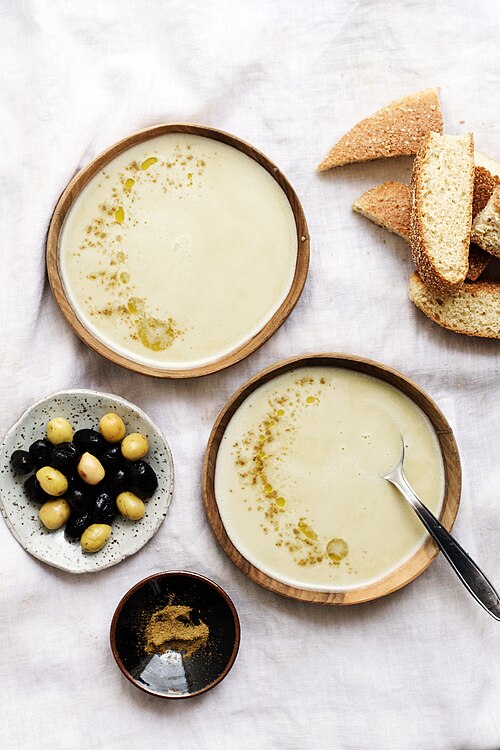
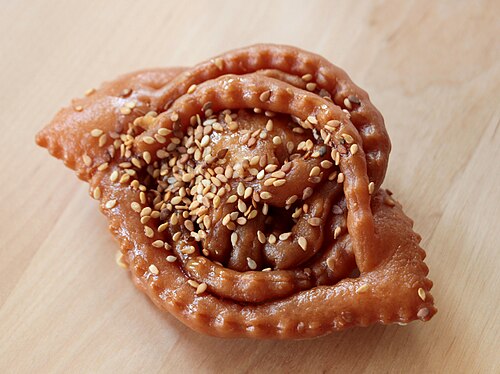
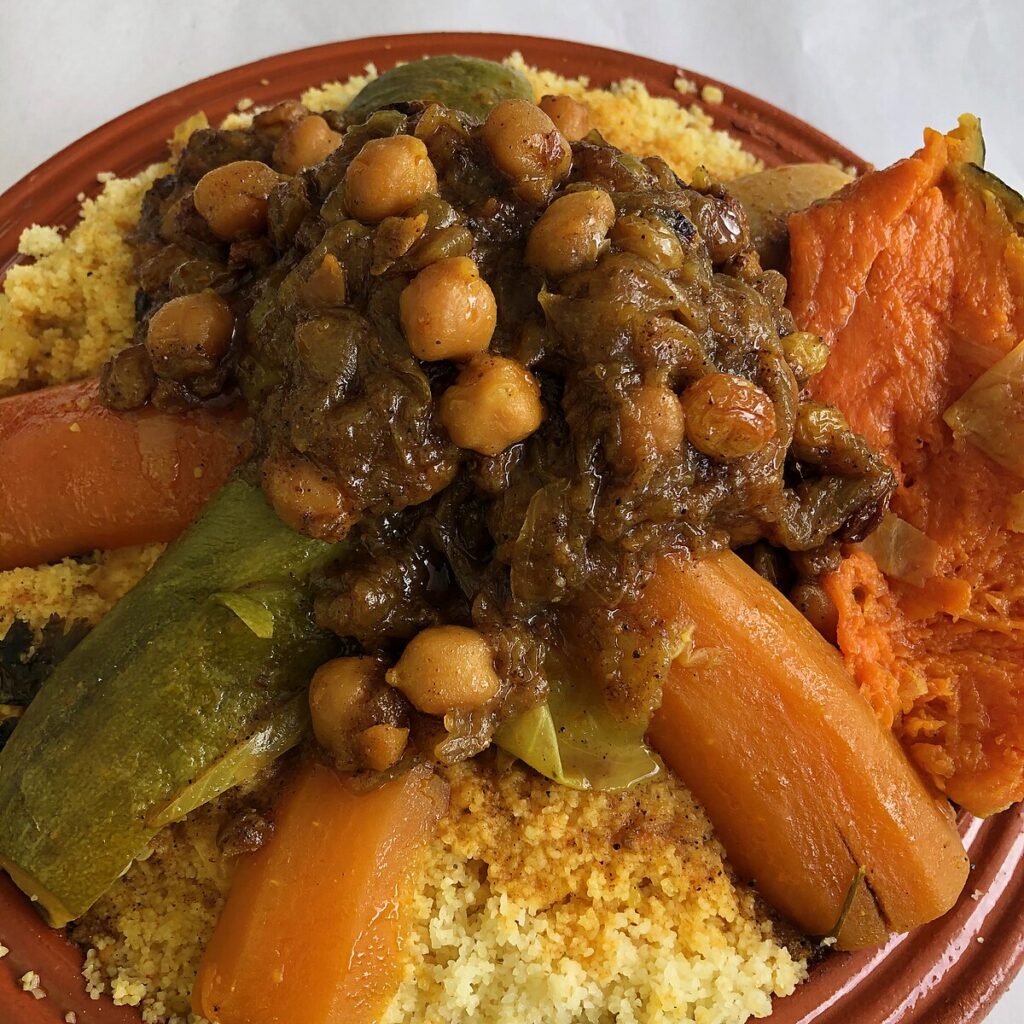
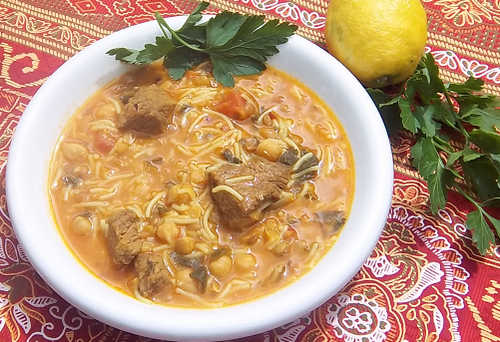
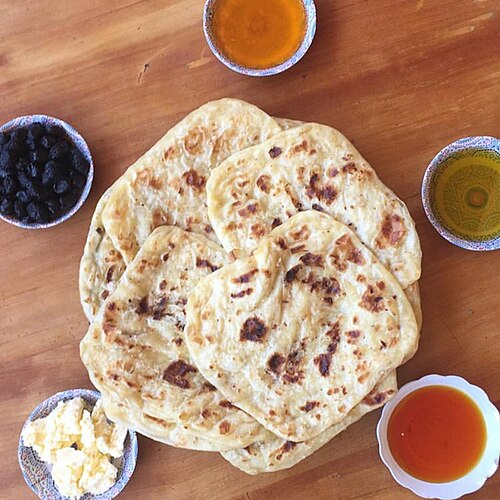
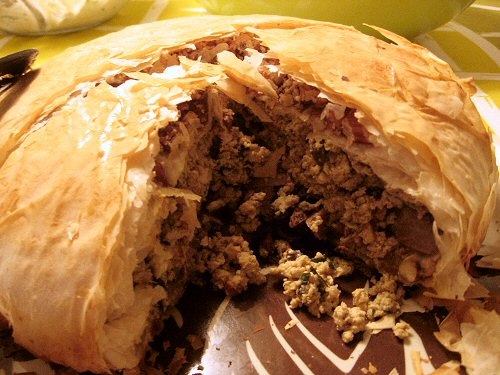
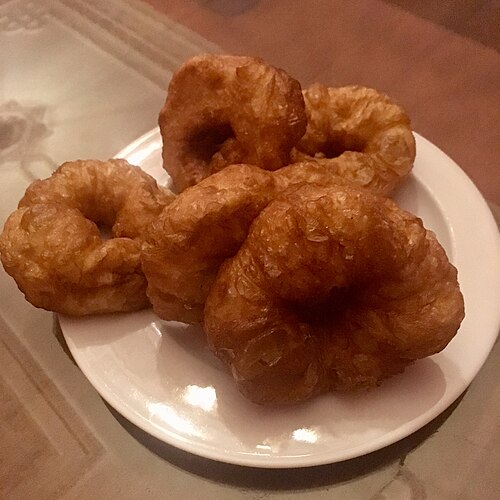
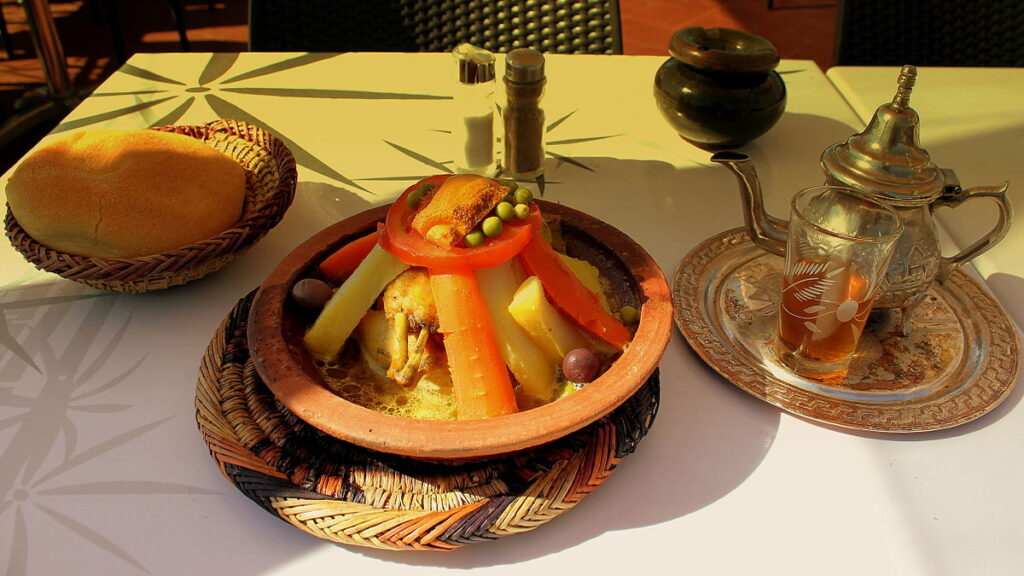
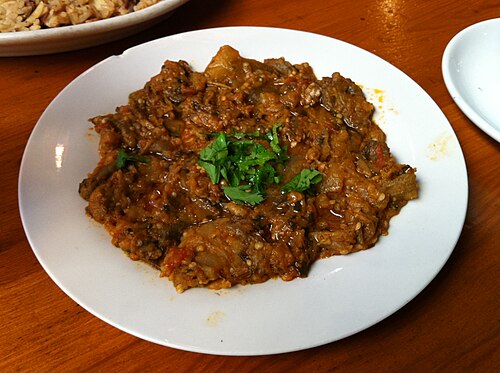

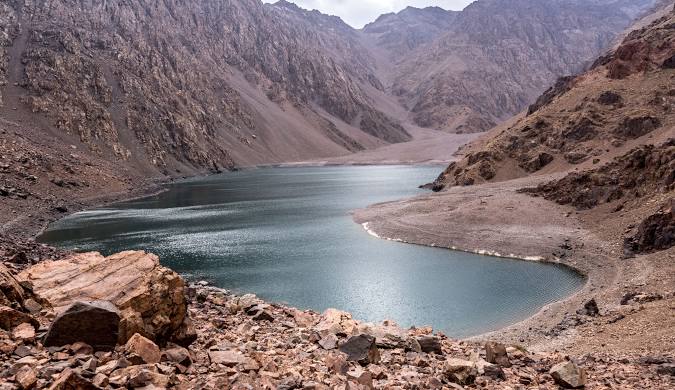
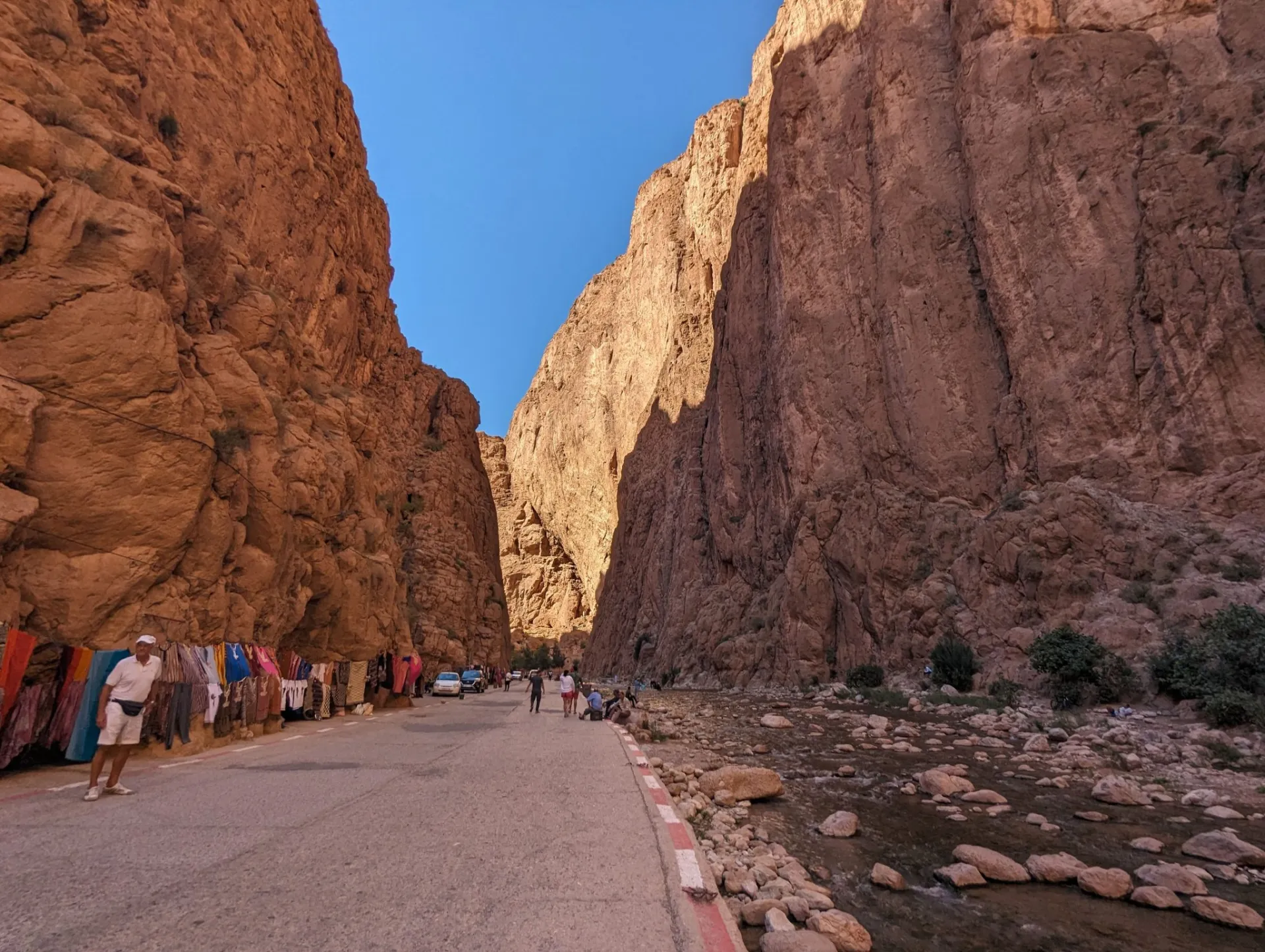

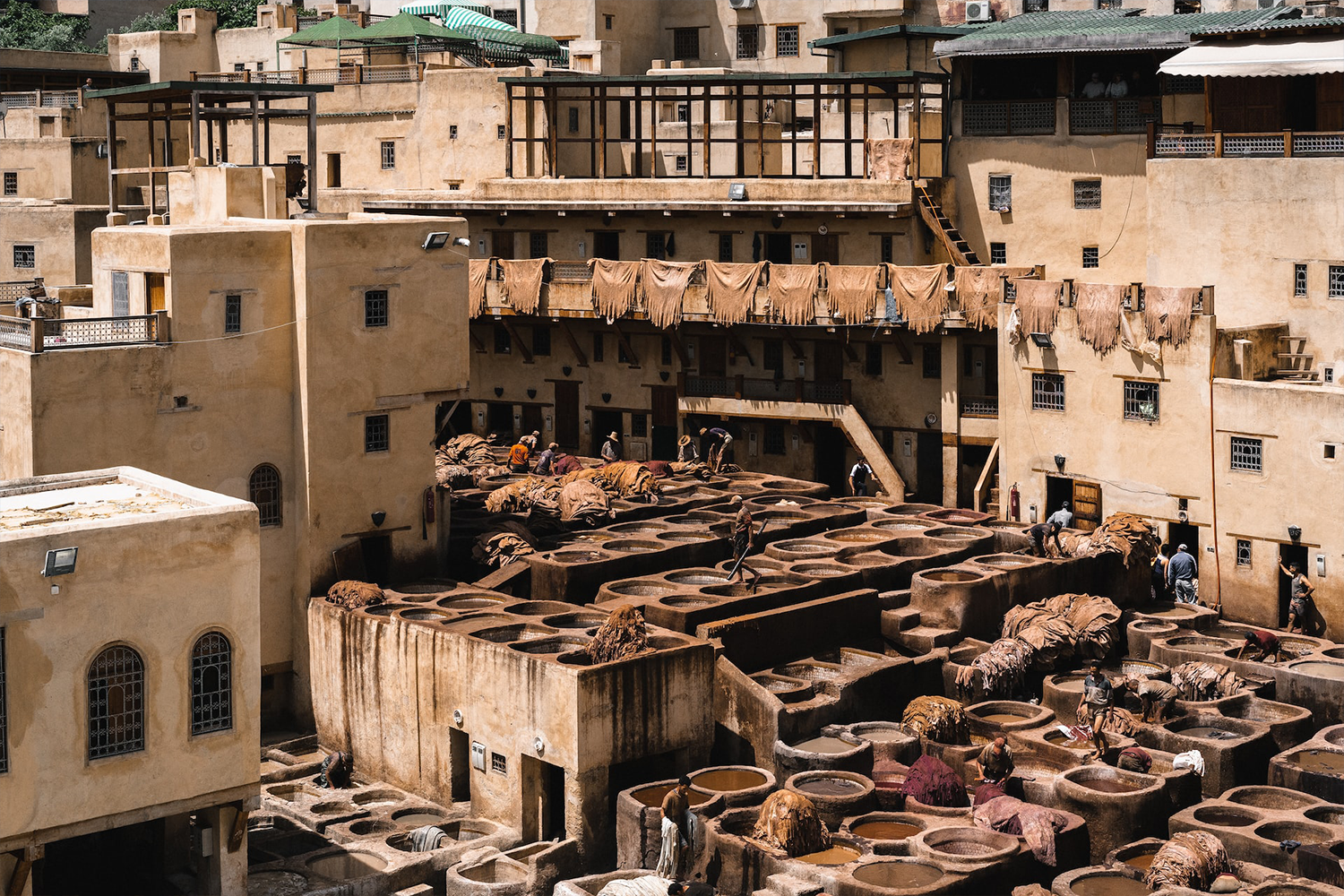




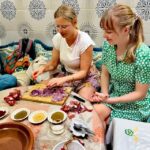
Leave a comment: